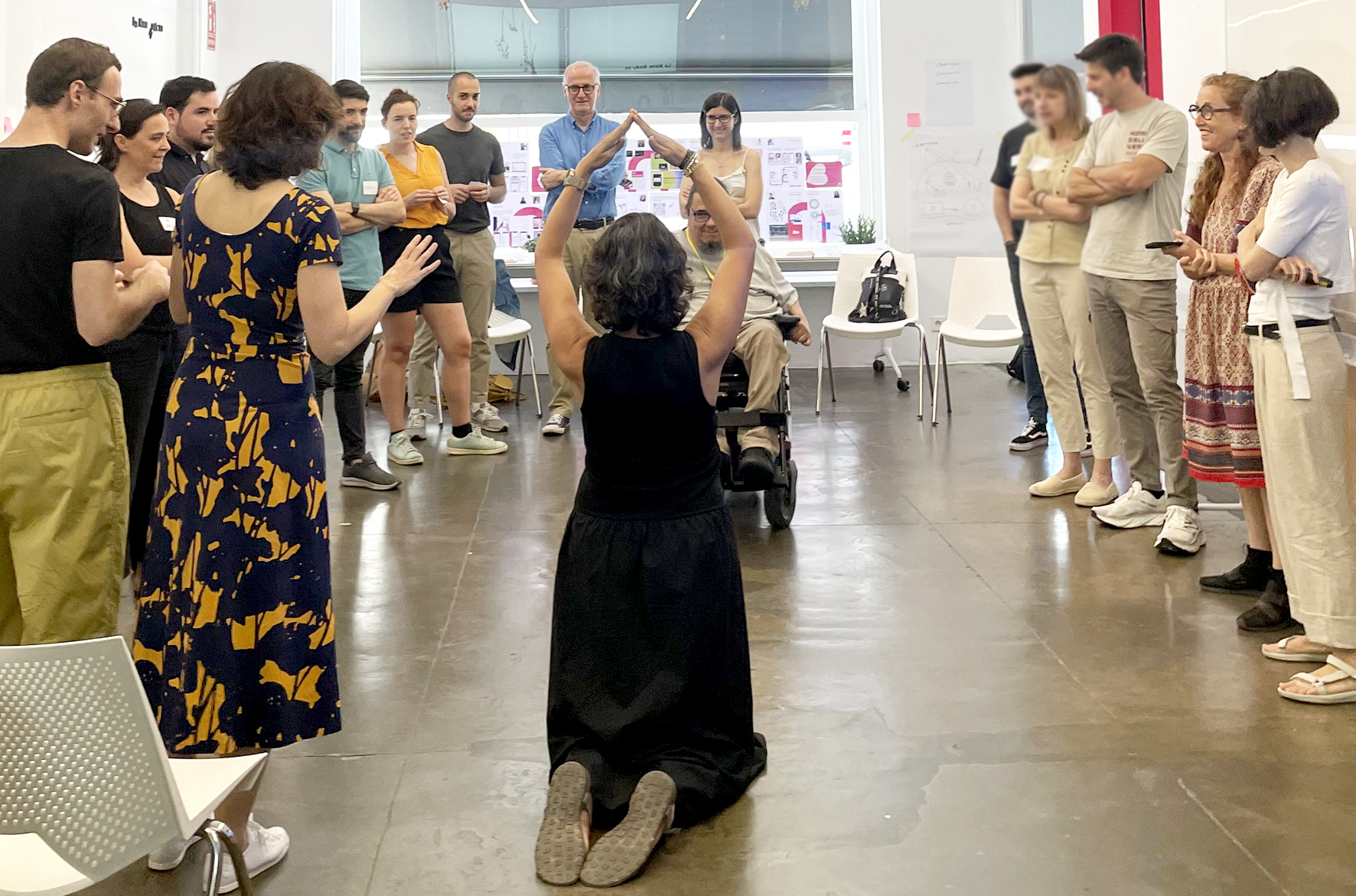
As in Day 1, the second day of the Deliberate Creativity Workshop began with a warm-up. This time the focus was on being imaginative and creative through the body: working on teams of four, participants had to explain a given concept only acting it out and without speaking. To team up participants, I borrowed the “Atoms” technique I had learned the week before from the Strategic Play Elements session led by Jacqueline Lloyd Smith and Stephen Walling at the CPSI Conference. The technique in a nutshell: Ask everyone to dance/move as if they were an atom, with no gravity or specific direction; after 30-45 seconds, ask everyone to stop and group with the three people closer to them. This technique helps create random groups.
Next, working in pairs, participants engaged in a visual thinking exercise where they were asked to draw the connection between imagination, creativity, and innovation based on their understanding. Interestingly, results revealed very contrasting views about these concepts (Image 3), indicating where clarification was needed to fully understand their meaning. This exercise also helped transition into more theoretical content: the science of creative cognition and the definition of more key concepts in addition to imagination: types of imagination, imaginary problem solving, and common barriers that hinder imaginative thinking.
To wrap up the more theoretical portion of the day, participants shared their response to “The Dot and The Line” homework assignment. As I have witnessed in the past, participants were in awed when they saw how differently each of them had approached the exercise (Images 1 & 2). More revealing was learning the rationale behind some of the drawings and the personal meaning each one attached to the visual elements: colors, lines, texture, weights, lengths. This is still one of my favorite exercises to help people reflect deeper about their creative selves.
Inspired by scientific studies on creative cognition and daydreaming, and the book “Learning to Image,” I created the “(Re)Learning to Imagine” activity for the workshop I taught at the CPSI Conference. The amazing results and people’s positive responses motivated me to run it again in this workshop. The activity is rooted in mindfulness – being present without judging, just noticing what comes to mind – and helps participants reconnect with their imagination by seeing it as a limitless source of ideas and become more aware of the creative quality of their ideas. Combining daydreaming, meditation, and forensic analysis, with visual thinking and play, each step is designed to practice metacognition by bringing awareness to their thought process and identifying in which mode they feel more imaginative and are able to free themselves of their self-imposed constraints. This is the flow of the activity (total time 80-120 min):
PART 1: DEFOCUSED ATTENTION (Individually)
- Step 1: Daydream. Clear your mind, withdraw your attention from the surrounding world. Allow your mind to wander freely, think whatever you want. Each time a thought comes to mind, take notice, and write it down one by one.
- Step 2: Reflect: Identify the nature of your ideas, looking at: time orientation (past, present, future) and reality orientation (conventional, fantasy) of each idea, and emotions each makes you feel.
- Step 3: Make it tangible: Create a mind-map or visual that connects or represents the essence of all ideas that emerged.
PART 2: FOCUSED ATTENTION (Individually)
- Step 1: Meditate. Focus on your breath. Repeat the word inhale, when you breathe in, and exhale when you breathe out. Each time a thought comes to mind, take notice, and write it down one by one.
- Step 2: Reflect: Identify the nature of your ideas, looking at: time orientation (past, present, future) and reality orientation (conventional, fantasy) of each idea, and emotions each makes you feel.
- Step 3: Make it tangible: Create a mind-map or visual that connects or represents the essence of all ideas that emerged.
PART 3: IMAGINE & DEVELOP (Individually & In groups)
- Step 1: Select (Individually). Choose the thought or idea that you like the most, because it is unique, fantastical, novel, etc.
- Step 2: Share. Randomly cluster participants into groups of three or four and ask them to share their chosen idea.
- Step 3: Envision. Combine everyone’s ideas and thoughts to create a new world. Be specific and define: players, artifacts (things in world), boundaries (spatial and temporal), goals, sounds, smells, colors, textures, shapes, dimension, etc.
- Step 4: Build. Make key components of the world tangible so that others can interact with and be part of it. (use rapid prototyping materials, like cardboard, LEGO, markers, tape, etc.) Define how other people can be part of the world and play with you.
PART 4: PLAY!
- Each team acts out core moments of their world and invites others to play with them. Alternatively, each team presents a short dramatization of the world that communicates its essence to others.
As a result of this activity, four alternative worlds were created: “Paradoja,” “El Chocolate Nodrizo,” “Perfect Land,” and “Lotura.” Each group drew their world and built key components before sharing it with the others. The level of richness, details, and elaboration shown by each of the teams was the first indicator of how much participants were opening up and (re)learning how to imagine. The metacognitive approach promoted in the workshop during the first two days proved to be instrumental to help participants gain confidence in their selves and their ideas. Day 2 of the Deliberate Creativity workshop was to me the highlight!
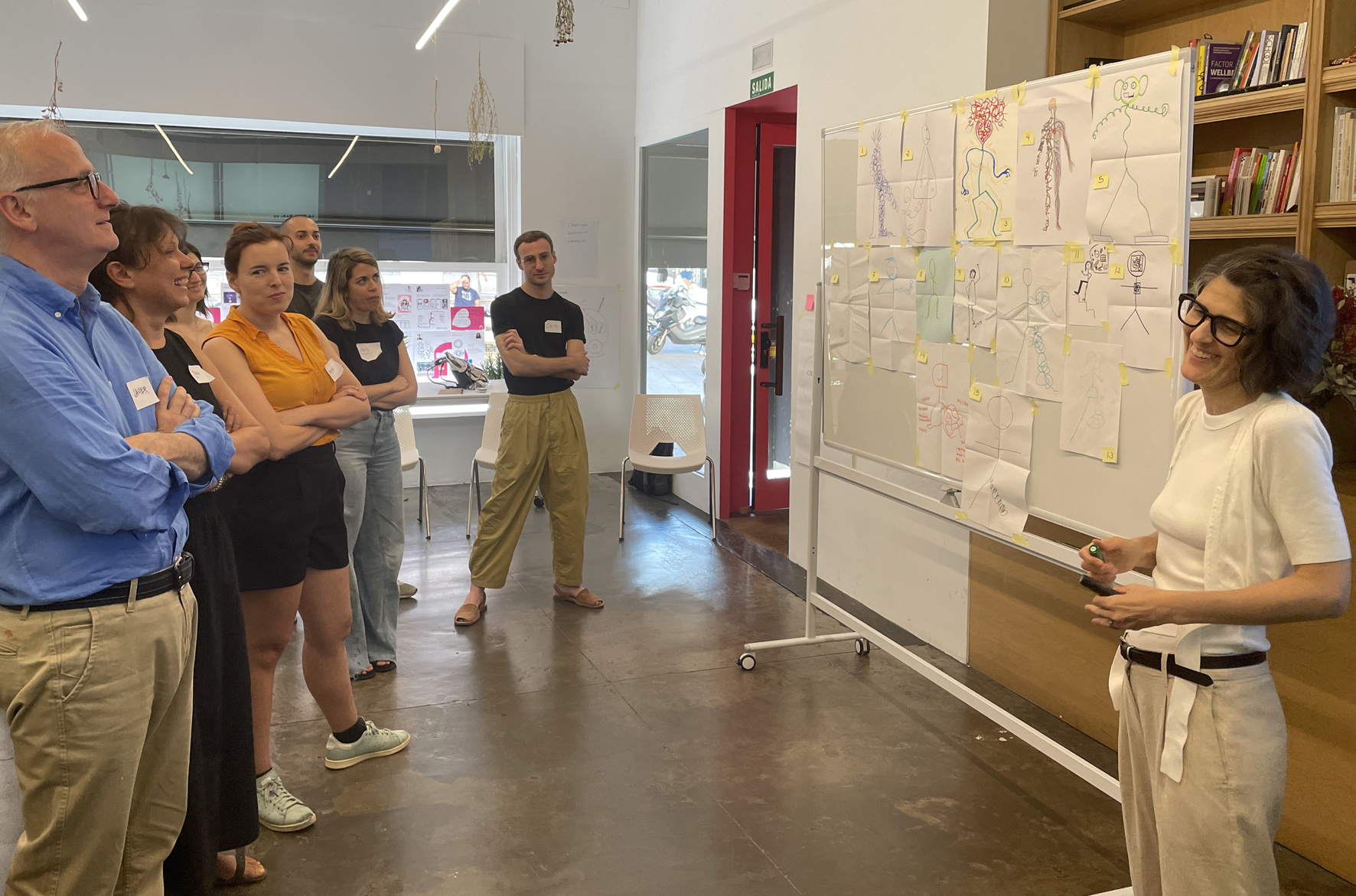
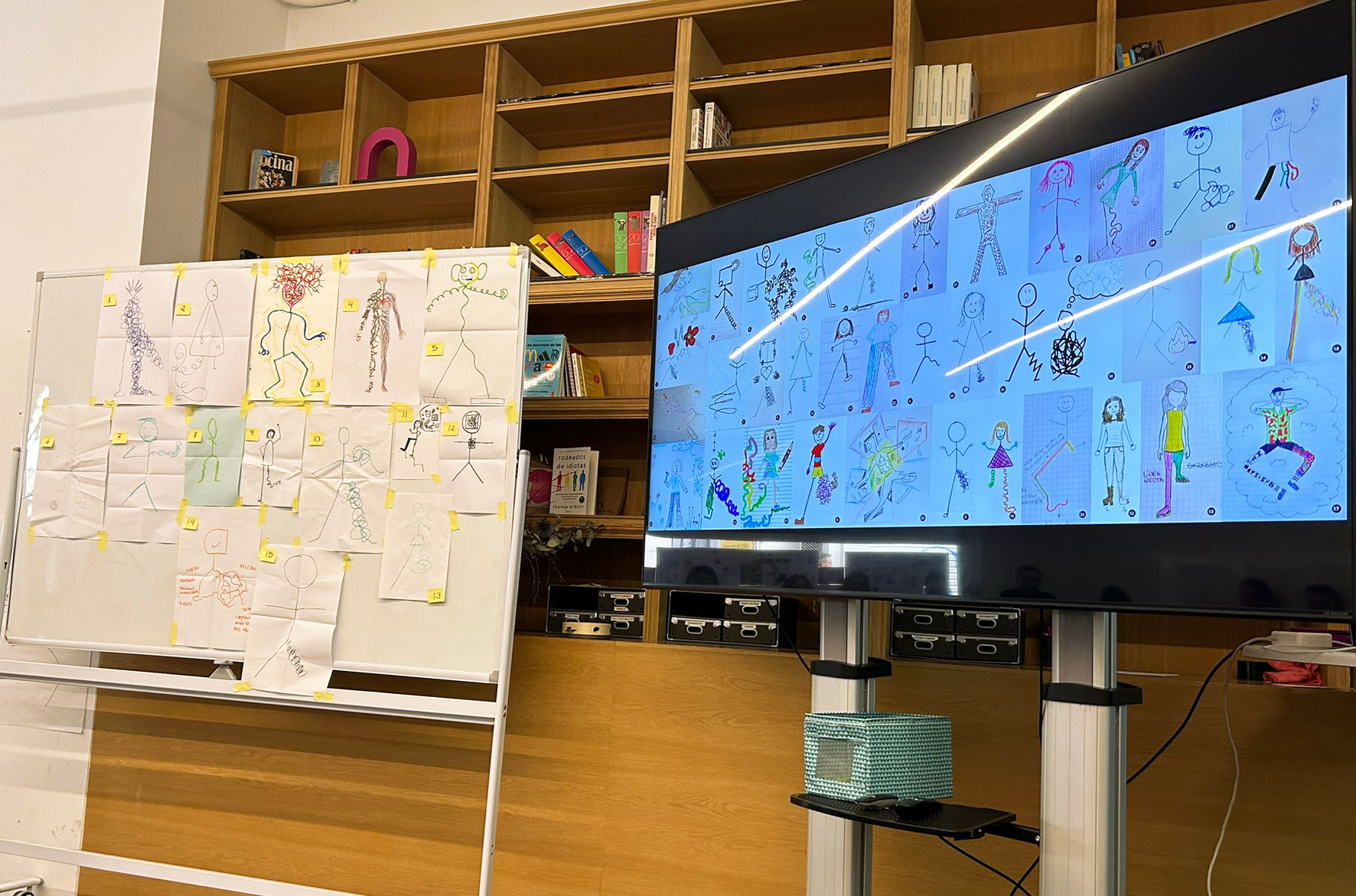

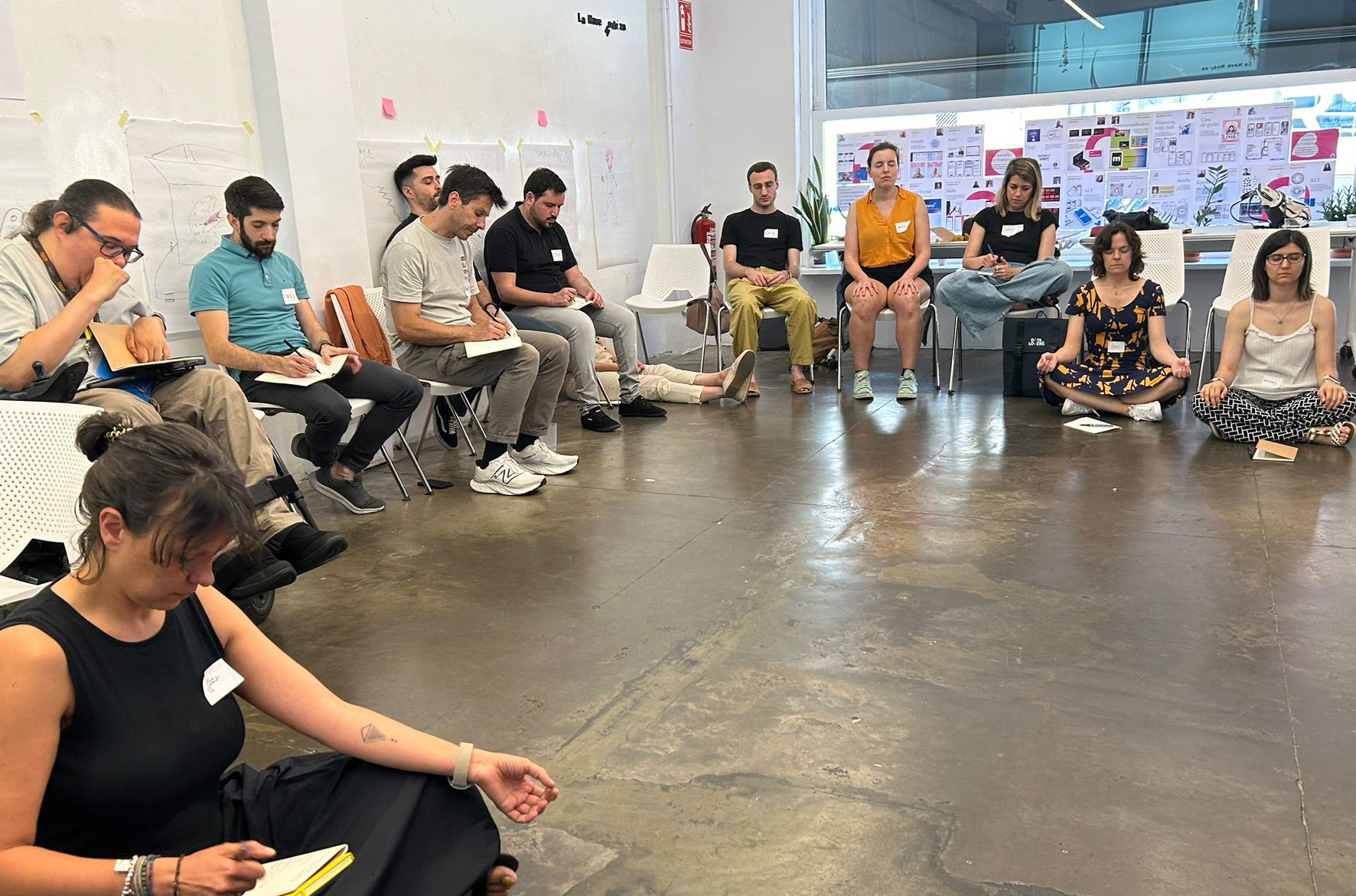
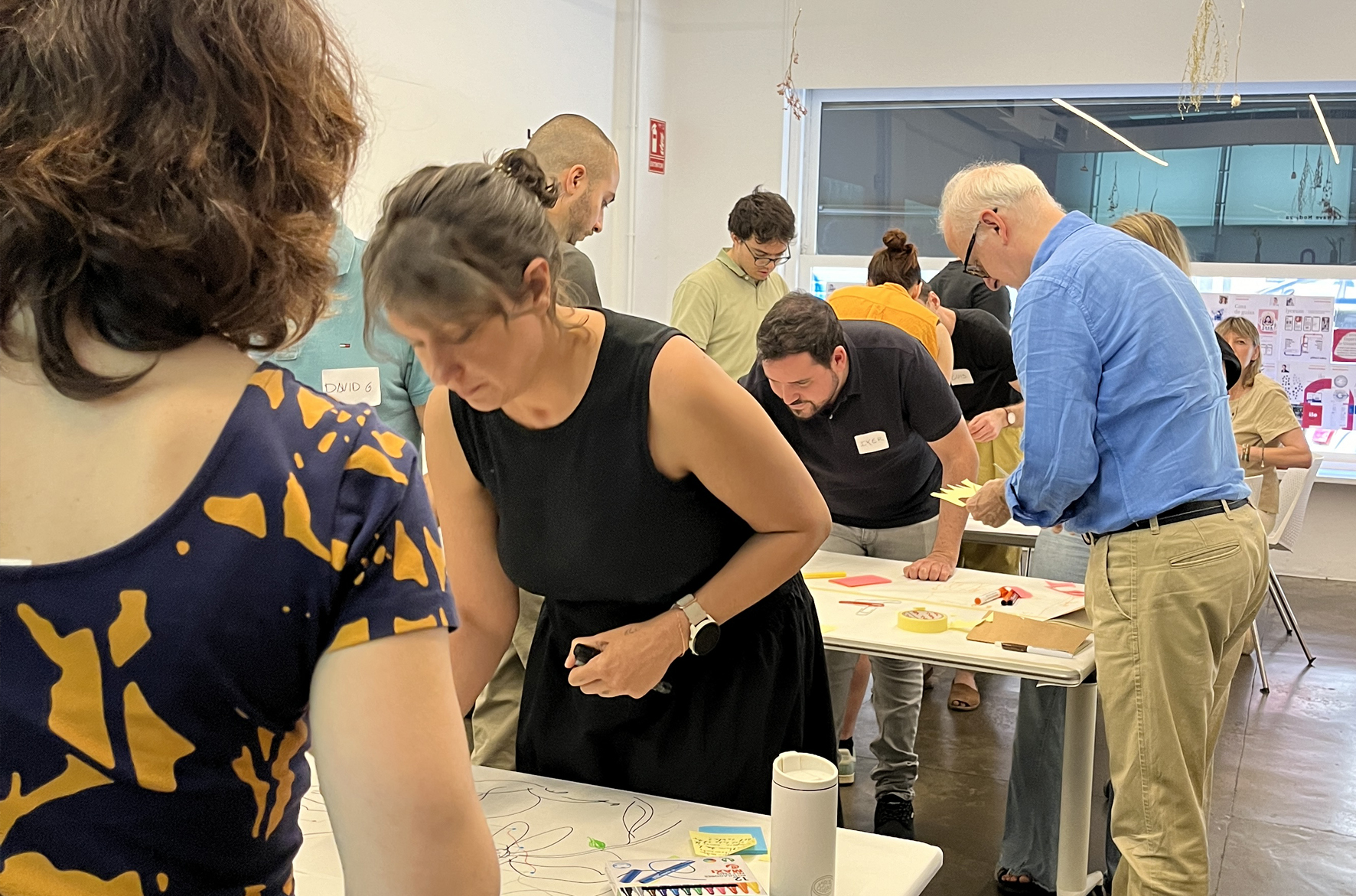

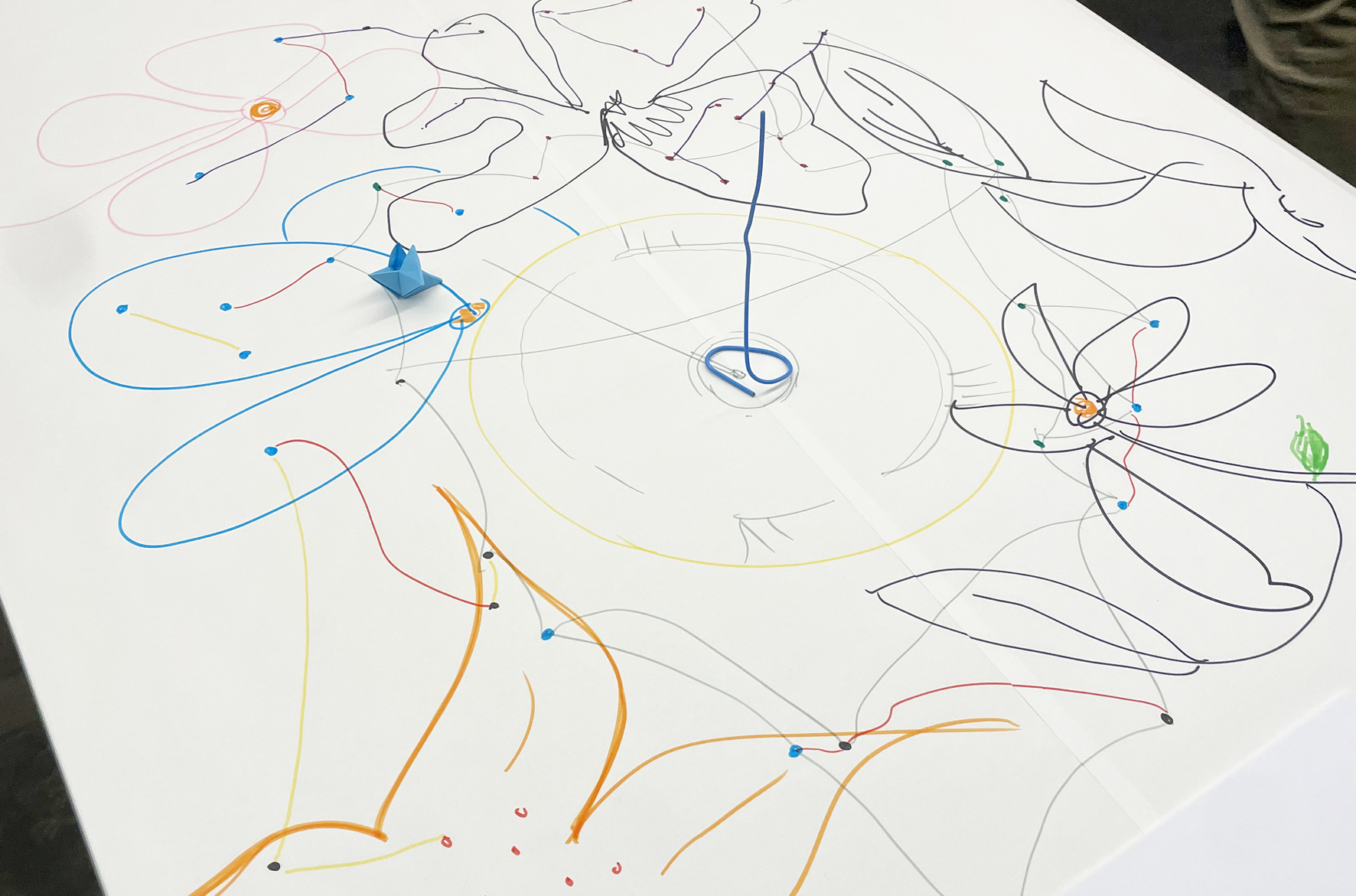
Leave a Reply